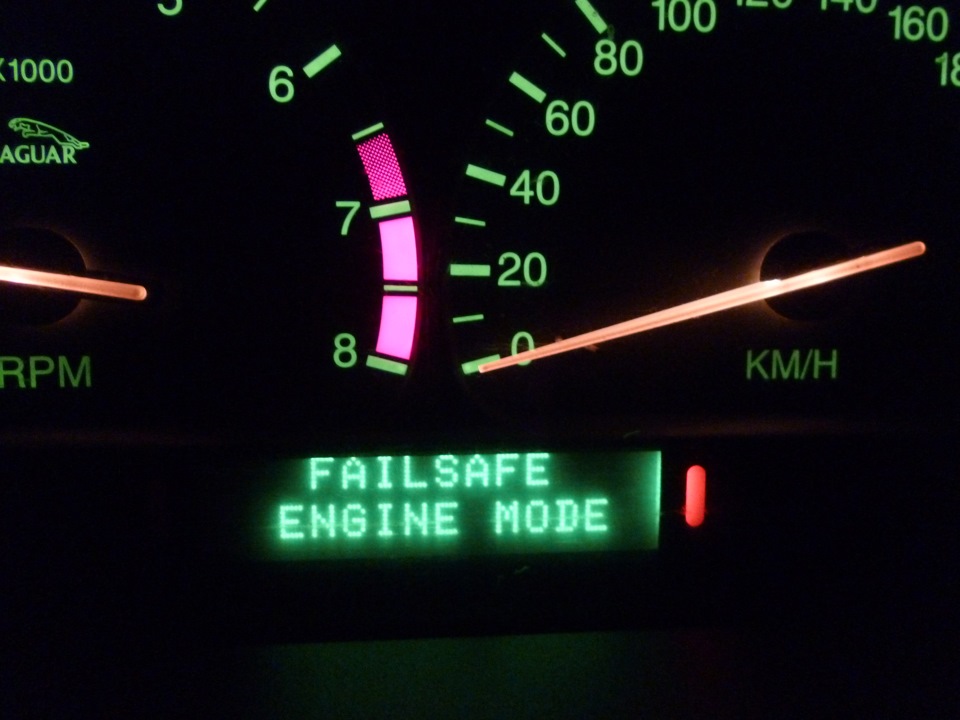Blog

What Causes the Engine-Failsafe-Mode?
Sometimes the engine-failsafe-mode is triggered by an actually damaged component, such as an oil pump, timing chain or belt, crankshaft or camshaft, or other internal engine components. It’s also common for damaged transmission components like inner gaskets, seals, the torque converter, mechanical gears, the input shaft, or even a damaged flywheel or driveshaft to cause the failsafe mode to activate.
It's also quite common for a sensor failure, or a damaged electrical connection to a sensor, to “accidentally” activate this warning system. Professional mechanics will fully inspect the vehicle to locate the exact source of this problem before clearing the codes and testing the repairs.
How is the Engine Failsafe Mode Diagnosed?
Since this safety system is activated through the ECU or powertrain control module (PCM), with transmission-related issues, a professional mechanic will start by downloading the error codes stored in these computers to begin the diagnosis process. Sometimes the engine failsafe mode is triggered due to a sensor failure or an electrical glitch. It’s also common for a security system fault to engage this warning light, which means it’s not always a mechanical issue that’s causing the failsafe.
Some people believe it’s possible to reset the engine failsafe mode through some less-than-reliable methods. This is not true, nor is it effective at resolving the problem. A professional mechanic should always be contacted to complete an onsite inspection to correctly diagnose the root source of the engine failsafe mode. This will permit them to recommend the right repairs or reset the error if it was a minor glitch.
Source: (YourMechanic).
Posted on November 2019,15 // Author: Admin